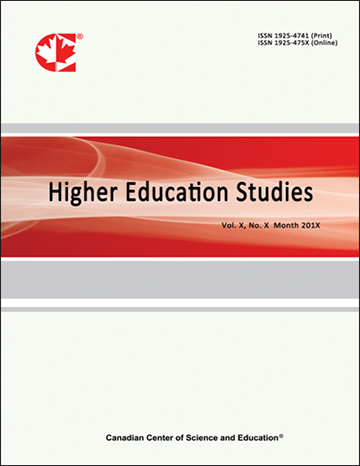Technology Acceptance Model of Immersive Microlearning in STEAM Education: Insights from a PLS-SEM Analysis
- Potsirin Limpinan
- Thada Jantakoon
- Somsuk Trisupakitti
Abstract
This study examines learners' acceptance of an immersive STEAM-based microlearning environment from the perspective of the Technology Acceptance Model (TAM), utilizing Partial Least Squares Structural Equation Modeling (PLS-SEM) as the primary analytical approach. While immersive technologies such as virtual reality (VR) and augmented reality (AR) have become increasingly integrated into educational contexts, limited research has explored their adoption within STEAM-focused microlearning settings designed to foster creativity. Drawing on a sample of 40 undergraduate students in Thailand, the study examined the interrelationships among five core TAM constructs: perceived ease of use (PEOU), perceived usefulness (PU), attitude toward using (ATT), behavioral intention to use (BI), and actual system use (USE). The findings reveal that PU significantly influences ATT (β = 0.799) and BI (β = 0.492), while PEOU has a strong effect on PU (β = 0.825) but a negligible direct impact on ATT (β = -0.029). The strongest predictor of actual system use was ATT (β = 0.652), suggesting that positive attitudes toward the learning environment are crucial for sustained engagement. Moreover, indirect effects underscore the mediating role of PU between PEOU and other TAM constructs. The model explained 51.5% to 68.1% of the variance in the endogenous variables, confirming its robustness in this educational context. These findings highlight the importance of emphasizing perceived usefulness and intuitive design in the development of immersive microlearning systems for STEAM education. Implications for instructional design and future research directions are also discussed.
- Full Text:
 PDF
PDF
- DOI:10.5539/hes.v15n4p85
Index
- AcademicKeys
- CNKI Scholar
- Education Resources Information Center (ERIC)
- Elektronische Zeitschriftenbibliothek (EZB)
- EuroPub Database
- Excellence in Research for Australia (ERA)
- Google Scholar
- InfoBase
- JournalSeek
- Mendeley
- Open Access Journals Search Engine(OAJSE)
- Open policy finder
- Scilit
- Ulrich's
- WorldCat
Contact
- Sherry LinEditorial Assistant
- hes@ccsenet.org
